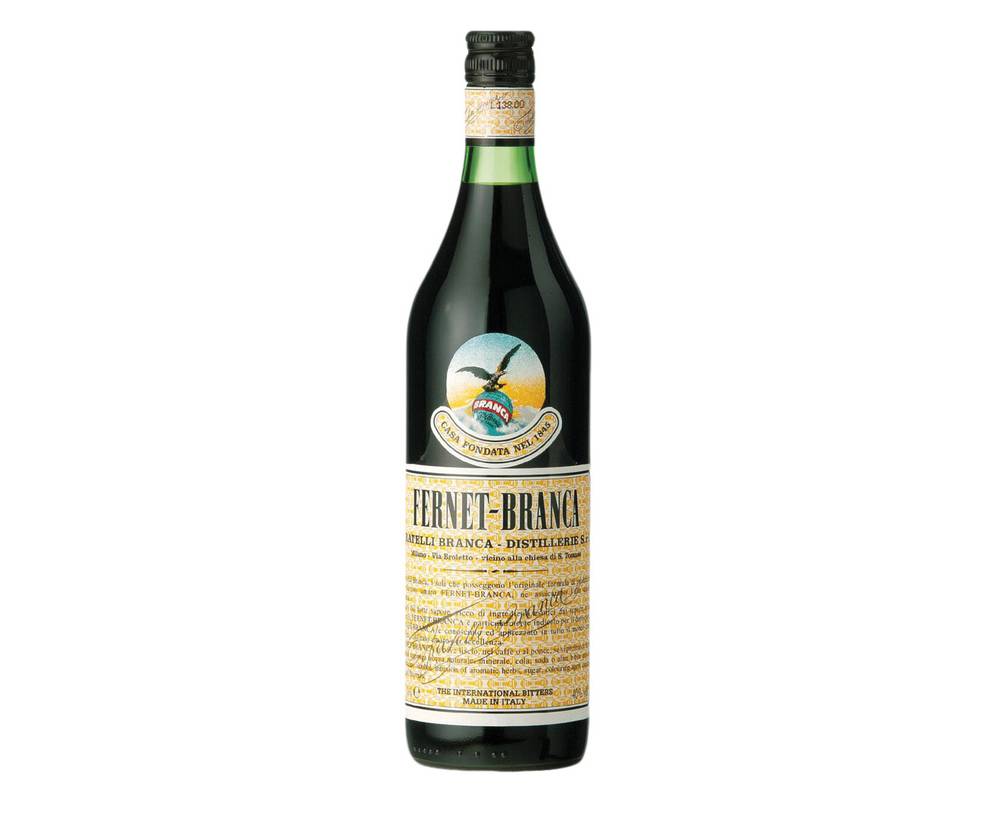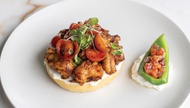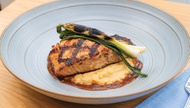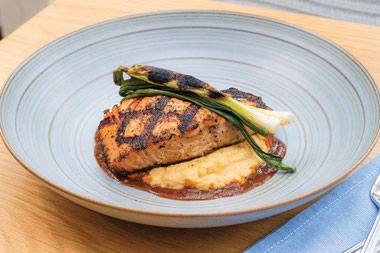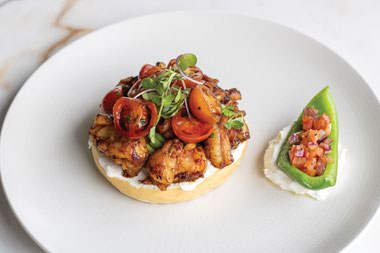Fernet is one of those polarizing spirits that quickly divides any bar into rabid packs of lovers and haters. In the lover camp, you’ll find a healthy representation of those behind the bar—its nickname is “the bartenders’ handshake”—who appreciate the complex and unforgiving flavor of the amaro, which translates literally to “bitter.” The hater side generally says they’ll save the cough medicine for when they’re sick.
But fernet, first created as a digestive and medicinal tonic 170 years ago, has an equally complex and influential history, having inspired a whole class of liqueurs. It survived Prohibition when it was sold in the U.S. as a medicine, and oddly became the most popular spirit in wine-loving Argentina, where it’s ubiquitously mixed with Coca-Cola. All of this came to mind when Count Edoardo Branca, current ambassador for the secret recipe his great-great-grandfather produced, visited Las Vegas for the first time to offer a few of our own bartenders a handshake and share more about fernet, along with the equally revered Carpano Antica vermouth and other products his family now produces.
To best mark his visit, we decided to document a conversation between Branca and Gaston Martinez, one our city’s most vocal Fernet-Branca supporters, not only as a leading bartender but also as a native of Argentina. Martinez’s Italian Cup cocktail at Nora’s Cuisine (Fernet, BrancaMenta, elderflower syrup, lime and cucumber juices, ginger beer and a bit of mint) represents the best of a new wave of fernet cocktails. Highlights from the chat:
Gaston Martinez: I grew up with fernet in Argentina. How do you see the market there?
Edoardo Branca: It’s unbelievable. They drink more fernet in Argentina than all the [other] countries in the world. In Argentina, you drink mate a lot, which is a very bitter tea, so you grow up and you search for that bitterness, but you add something sweet. So the drink that matches that is fernet and Coke.
GM: We’re just used to that bitter, medicinal, herbaceous flavor. We even have Terma, which has the same flavor without alcohol. Where does the word “fernet” come from?
EB: Actually, there are two stories. If you speak with the white collars in the company, they will tell you Mr. Fernet was a Swedish chemist and Mr. Branca was an herbalist, and they created the formula. If you speak with the workers who make it, they will tell you, no, we invented the name. In fernet, you have hot and cold infusions, and maceration with the saffron, [using a] big paddle in a huge kettle—it’s not done any more like this, but when they took out the big iron paddle it was really shiny. And “fernet” is a word in Milanese [dialect] that means “clean iron.”
GM: So how do you feel about bartenders mixing fernet?
EB: When I started, I was used to having fernet as a digestive. To see guys making amazing cocktails with fernet, I couldn’t believe it. We just don’t have this cocktail culture in Italy that you have here. We’re more than happy to have these guys mixing and playing with our products and trying new things, because you learn things about your product.
GM: So no one’s turning in their grave?
EB: Actually, yes. My grandfather was a fernet puritan. For me, sometimes in summertime I like to put an ice cube in it or put it in the fridge. If my grandfather saw that, he would start screaming that you’d ruined the product. Although he was the guy that came out with BrancaMenta.
GM: Legend has it that only two people in the world know the entire secret Fernet-Branca recipe. How much of it do you know, Edoardo?
EB: I would say maybe 80 percent. My father hasn’t handed the 100 percent recipe to me. It’s a bit of a fight!
